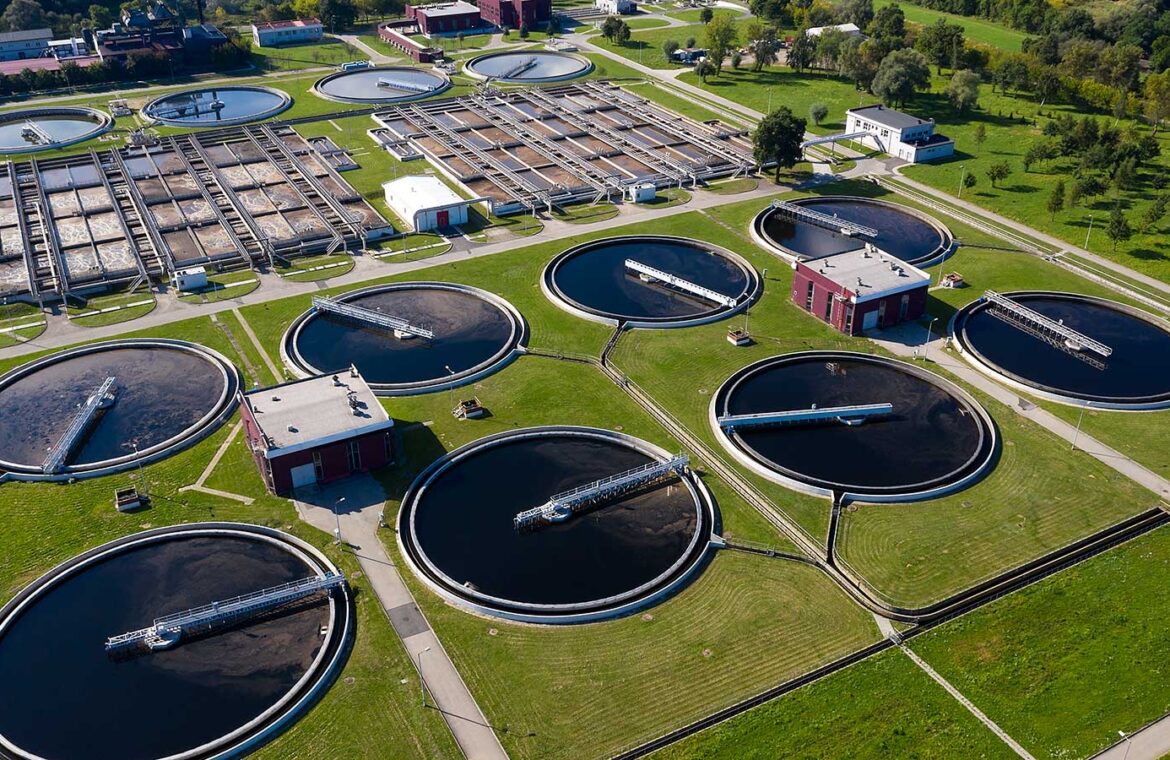
Effluent Treatment Plants (ETP) & Common Effluent Treatment Plants (CETP)
- Effluent Treatment Plant (ETP):
Effluent Treatment Plant (ETP) is one type of waste water treatment method which is particularly designed to purify industrial waste water for its reuse and it’s aim is to release safe water to environment.
Industrial effluents contain various materials, depending on the industry. Some effluents contain oils and grease, and some contain toxic materials (e.g., cyanide). Effluents from food and beverage factories contain degradable organic pollutants.
Since industrial waste water contains a diversity of impurities and therefore specific treatment technology called ETP is required.
The ETP Plant works at various levels and involves various physical, chemical, biological and membrane processes to treat waste water from different industrial sectors like chemicals, drugs, pharmaceutical, refineries, dairy, ready mix plants & textile etc.
- Common Effluent Treatment Plant (CETP):
CETPs are a great way to manage the wastewater generated by industries. They can be built on available land and efficiently treat complex commercial waste. They can also be used to minimize the regulatory burden associated with the disposal of treated wastewater.
A CETP is a treatment plant used for wastewater from a single or multiple industrial sites. This type of wastewater treatment plant has several benefits for industrial users, including low operating costs and collective treatment. It can be built on existing land and handle the highly complex industrial waste. It also offers a cost-effective alternative for treating large volumes of wastewater and can help reduce the regulatory burden.
An Effluent Treatment Plant (ETP) is a facility designed to treat industrial wastewater, removing pollutants and contaminants before releasing the treated water into the environment or reusing it within the industry.
ETPs use various physical, chemical, and biological processes to treat wastewater. These include screening, sedimentation, biological degradation, chemical treatment, and filtration to remove pollutants and make the water suitable for disposal or reuse.
A Common Effluent Treatment Plant (CETP) is a centralized facility that treats wastewater from multiple industries located in an industrial cluster or estate. It serves as a collective treatment system, reducing costs and environmental impact for individual industries.
CETPs allow multiple industries to share treatment infrastructure, reducing capital investment and operational costs. They also promote efficient resource utilization, better compliance with environmental regulations, and centralized monitoring of wastewater treatment.
